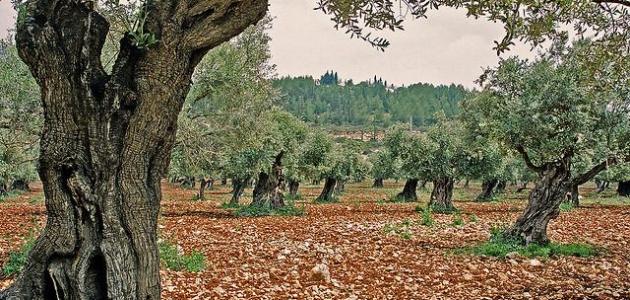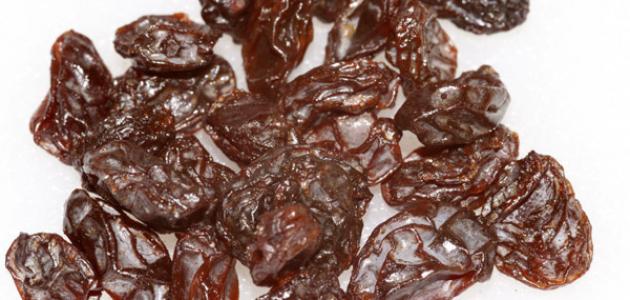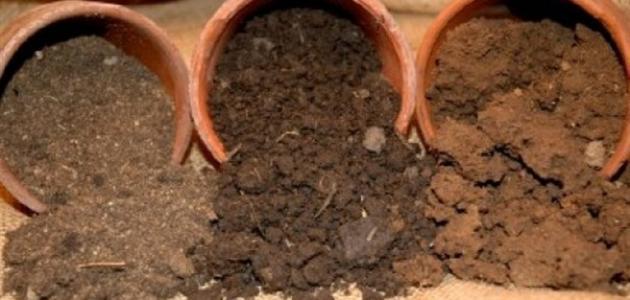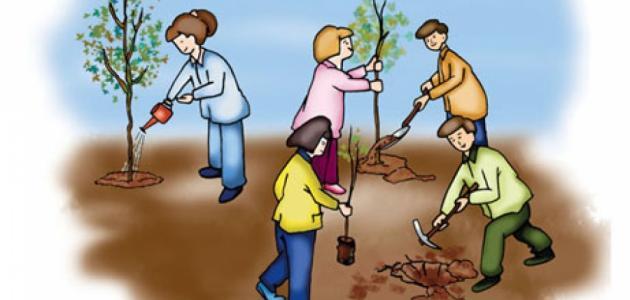Geography of Palestine
The geography of Palestine consists of four regions represented in the Jordan Valley, the coastal and inland plains, the hills and mountains, and the southern desert. The Jordan Valley has a fertile nature, and the water resources that reach it are very few, and the mountains and hills in Palestine are of a rocky nature, and the construction of terraces in the mountains helped to grow some plants.
The climate of Palestine helped to grow different types of vegetables in the late winter, which are usually grown in the summer. In Palestine, there are flat lands that help grow wheat, lentils, and barley. There are also many rivers in Palestine.
Biodiversity in Palestine
The moderate climate, water, and fertile soil in Palestine helped the growth of many diverse plants, as there are about 2,700 species of plants in it, such as the broom and the centipede that bloom in the spring, and the saffron, daffodils, and lilies grow in the fall, and trees spread in Palestine Olives, pine nuts, almonds, pomegranates, palm trees, cypresses, various types of conifers and citrus trees, in addition to grape trees, jasmine, and bougainvillea that grow in many gardens.
In Palestine, there are different types of animals; There are approximately 115 different species of mammals, 90 species of reptiles, and there are 285 species of fish in different rivers and the Mediterranean Sea. There are swans on the coast of Gaza, and there are also about 500 different species of birds, a quarter of which are migratory birds from Europe to Africa.
Read also:How to grind gingerOlive trees in Palestine
The olive trees in Palestine differ from other trees, as they symbolize the strong attachment of the Palestinians to their land. Because olive trees can live in bad soil, and are also distinguished by their ability to resist drought, and thus express the Palestinian resistance and the continuity of the Palestinian presence on the land.
The history of the oldest olive trees in Palestine dates back to about 4,000 years. Some families inherited olive trees to their children from one generation to the next. Palestinian families gather to harvest the olives during its season in the month of October of each year. In addition to the symbolic meaning that these trees carry, the olives It is a basic source of income for about 80,000 Palestinian families.
Read also:The importance of water in life








